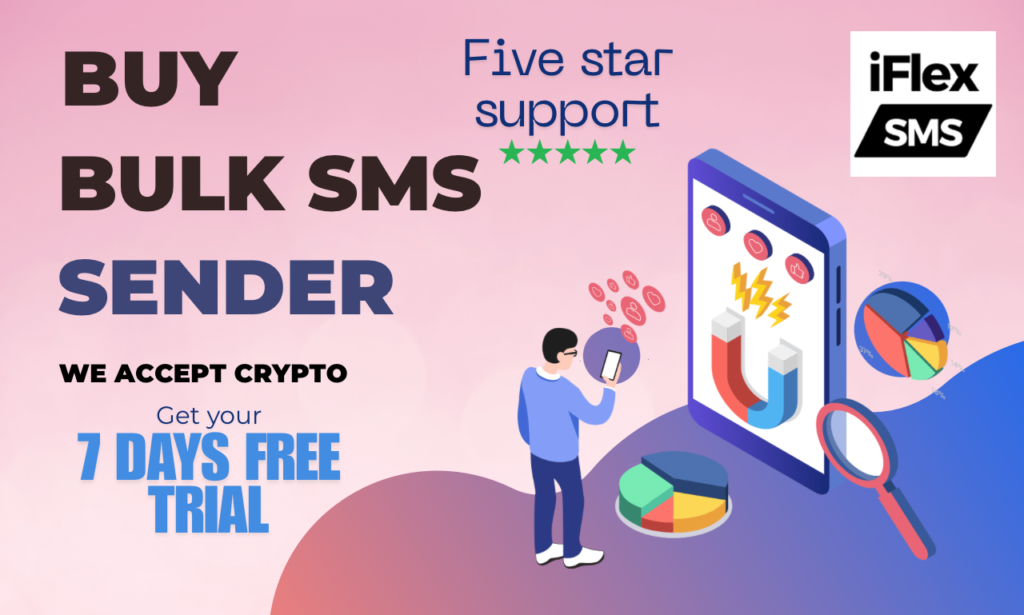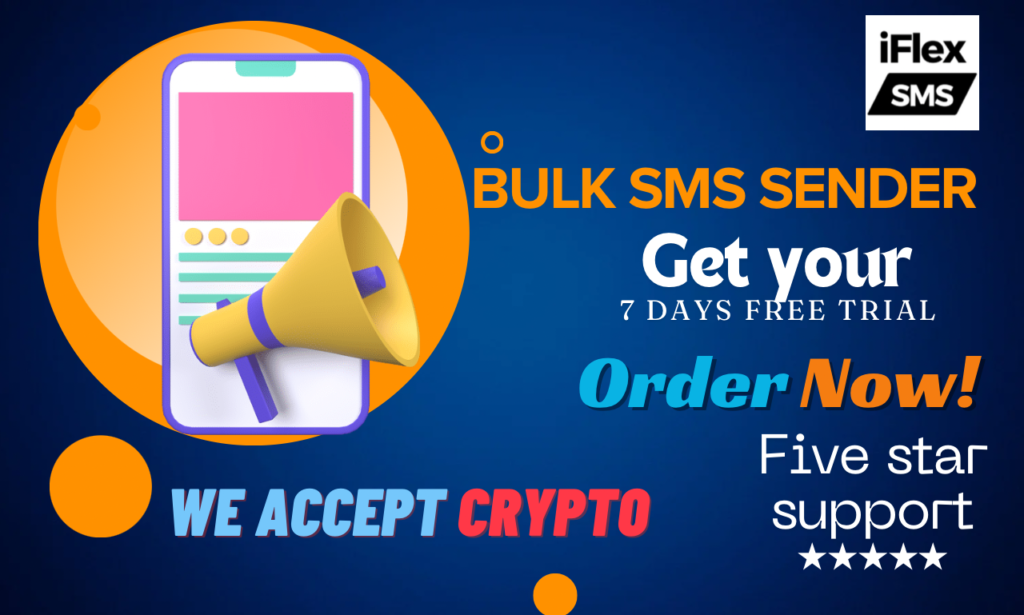Now that you’re prepared to begin SMS marketing, one of the first things you’ll need to do is choose the sender ID type you wish to employ. There are several sender ID options available, and each has pros and cons of its own. Here are some things to consider when selecting an SMS sender ID for your company.
An SMS Sender ID: What Is It?
The ID tag that shows up in the “from” field when a text message is received is known as the SMS sender ID. Unlike with a friend or relative, a person will not have the number stored on their phone when they receive a text message from a corporation. It is simpler for recipients to identify the sender of an SMS when the sender ID is included. Additionally, you may add a professional touch to your mails by including your sender ID.
SMS Sender ID Types
A Specific Virtual Number
A phone number linked to your complete company is called a dedicated virtual number. It will not appear strange on the phones of your recipients because it resembles a regular phone number. However, a dedicated virtual number can be used by several employees, which makes it an excellent choice for companies with larger marketing teams.
The majority of dedicated virtual numbers consist of ten standard digits. Nonetheless, a lot of nations, like Australia, provide short codes. Six to eight digits make up Australian short codes. For our customers, SMSGlobal provides dedicated virtual numbers with both long and short codes.In Australia, short codes work well for extensive marketing campaigns, but long codes are more economical. This is due to the fact that they are far simpler to recall than lengthy codes.
Using a dedicated virtual number for your text messaging campaign has several advantages. A dedicated virtual number will be your best bet if you intend to provide two-way messaging for your clients. Instead of sending them a welcome text, you might ask them to text you first to agree to receive frequent communications. Additionally, they are free to opt out at any time.
You will have more freedom to provide more sophisticated two-way text messaging if you have a dedicated virtual number. Automated answers can be set up to save staff time and improve client engagement. Even customer segmenting is available with dedicated virtual lines, allowing you to deliver SMS messages to particular clients according to their demographics or areas of interest. Activating two-way messaging can help your business stand out because 74% of customers prefer texting a business when a real person is responding.
Furthermore, it is simpler to establish brand familiarity with the individuals you are texting when you have a dedicated virtual number. All of your text messages will appear in the same thread, and your recipients will be able to store your number to their phone. Because it fosters rapport and confidence, this works wonders for raising engagement.
While some nations do not impose such restrictions, others do require Sender IDs to be registered with the mobile network operator or operators before they can be used in SMS advertising. The registration process is fairly easy, and the greatest thing is that we handle it for you, allowing you to unwind. If you need to register a Sender ID for the country of your choice, give us a call and we’ll inform you.

Virtual Number Sharing
On your recipient’s phone, a shared virtual number appears exactly like a dedicated virtual number. But the number isn’t totally yours; it’s shared with other companies in a pool. Each time you send a text message, the pool will provide you with a different number.
Growing enterprises on a tight budget may find this option advantageous because it is less expensive than a dedicated virtual number. Nevertheless, employing a shared virtual number has certain drawbacks. Your recipients won’t be able to save your number on their phones because it will change each time. Customers will see your text messages as being more inconsistent as a result.Additionally, you can’t use two-way messaging with a shared virtual number. Although some pre-programmed response codes can be set up, you won’t have as much freedom to customize your text messaging campaign. Investing in a shared virtual number will allow you to accomplish much more as your organization expands.
Alpha Labels
One kind of sender ID that may contain both letters and numbers is an alpha tag. Because you can change your sender ID to your brand name, recipients will immediately recognize you, which makes this option fantastic. An alpha tag can work wonders if branding and awareness-raising are your primary goals.Alpha tags have specific restrictions, just like shared virtual numbers. Although they are accessible in Australia, not all countries can use them.Additionally, using an alpha tag prevents you from providing two-way chat. They may be effective for a broad text blitz, but they won’t work for any message that requires a direct response from the user.Because users in Australia are unable to reply to messages that opt them out, you may also have compliance concerns with alpha tags. Your communications may end up being lengthier than you had planned because you will need to provide a link to a page where they can opt out in order to remain compliant.
Quantitative Numbers
When sending business-related text messages, the last sender ID choice is to utilize your personal mobile phone. If you are a lone entrepreneur and would like to run your company exclusively from your phone, this could be handy. This is known as “spoofing” at times.
But once a company moves passed this point, spoofing usually fails. You’ll soon come to the conclusion that you should keep your personal and business numbers apart. You may send from a consistent number with extra security and functionality when you use a dedicated virtual number.Your budget and marketing objectives will determine which sender ID is best for your company. SMSGlobal provides shared and dedicated virtual numbers to make it simple for you to connect with your clients.

